How To Photograph Solar Eclipse Nd Filter ?
To photograph a solar eclipse with an ND filter, you will need to follow a few steps. First, you will need to purchase a high-quality ND filter that is strong enough to block out most of the sun's light. Next, you will need to set up your camera on a tripod and attach the ND filter to your lens. Then, you will need to adjust your camera settings to compensate for the reduced light, such as using a slower shutter speed or a wider aperture.
During the eclipse, you will need to be careful not to look directly at the sun, as this can damage your eyes. Instead, use the camera's viewfinder or LCD screen to frame your shot. You may also want to use a remote shutter release or timer to avoid shaking the camera during the exposure.
With the right equipment and techniques, you can capture stunning images of a solar eclipse using an ND filter. Just be sure to take the necessary precautions to protect your eyes and equipment from the sun's intense light.
1、 Solar Eclipse Photography Techniques
How to photograph solar eclipse nd filter:
Photographing a solar eclipse can be a challenging task, but with the right equipment and techniques, you can capture stunning images of this rare celestial event. One essential piece of equipment for solar eclipse photography is an ND filter. An ND filter reduces the amount of light entering the camera, allowing you to use slower shutter speeds and wider apertures without overexposing the image.
To photograph a solar eclipse with an ND filter, you will need a camera with manual controls, a tripod, and a solar filter to protect your eyes and camera. Set your camera to manual mode and adjust the ISO, shutter speed, and aperture to capture the eclipse. Use a remote shutter release or the camera's self-timer to avoid camera shake.
When using an ND filter, start with a lower density filter and adjust as needed. A 3-stop ND filter is a good starting point, but you may need a stronger filter depending on the brightness of the eclipse. Experiment with different shutter speeds and apertures to find the right exposure for your image.
It's important to note that looking directly at the sun during a solar eclipse can cause permanent eye damage. Always use a solar filter to protect your eyes and camera. Additionally, be aware of your surroundings and follow safety guidelines when photographing a solar eclipse.
Solar Eclipse Photography Techniques:
In addition to using an ND filter, there are several other techniques you can use to capture stunning images of a solar eclipse. One popular technique is to include a foreground element in your image, such as a tree or building, to add depth and interest to the photo. Another technique is to use a telephoto lens to capture close-up shots of the eclipse and its details.
You can also experiment with different compositions and angles to create unique images. Try shooting from a low angle or using a wide-angle lens to capture the eclipse in its surroundings. Don't be afraid to get creative and try new things.
Finally, remember that a solar eclipse is a rare and fleeting event, so be prepared and ready to capture the moment when it happens. With the right equipment and techniques, you can create stunning images that will be cherished for years to come.
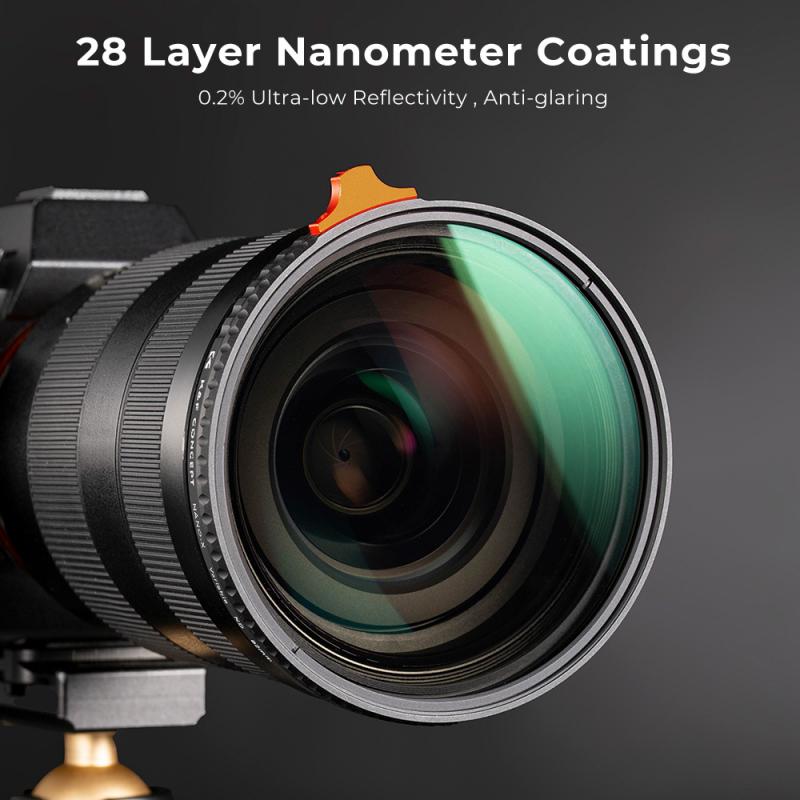
2、 Choosing the Right ND Filter for Solar Eclipse Photography
Choosing the Right ND Filter for Solar Eclipse Photography is crucial to capture the perfect shot. An ND filter, or neutral density filter, is a type of filter that reduces the amount of light entering the camera lens. This is important during a solar eclipse because the sun's brightness can damage the camera sensor and cause overexposure.
When selecting an ND filter for solar eclipse photography, it is important to consider the strength of the filter. The strength of an ND filter is measured in stops, with higher numbers indicating a stronger filter. For solar eclipse photography, a filter with a strength of at least 10 stops is recommended.
It is also important to consider the size of the filter. The filter should fit securely on the camera lens and not cause any vignetting or darkening around the edges of the image.
When photographing a solar eclipse with an ND filter, it is important to use a tripod to keep the camera steady. It is also recommended to use a remote shutter release or the camera's self-timer to avoid any camera shake.
In addition to using an ND filter, it is also recommended to use a solar filter or eclipse glasses to protect your eyes while viewing the eclipse.
Overall, choosing the right ND filter for solar eclipse photography is essential to capture the perfect shot while protecting your camera and eyes. As technology advances, new filters may become available, so it is important to stay up to date with the latest developments in solar eclipse photography.

3、 Camera Settings for Solar Eclipse Photography with ND Filter
Camera Settings for Solar Eclipse Photography with ND Filter:
Photographing a solar eclipse with an ND filter requires some specific camera settings to ensure that you capture the event in the best possible way. Here are some tips to help you get started:
1. Use a tripod: A tripod is essential for capturing sharp images of the solar eclipse. It will help you keep your camera steady and prevent any camera shake.
2. Use a remote shutter release: A remote shutter release will help you avoid any camera shake that might occur when you press the shutter button.
3. Use manual focus: Set your camera to manual focus and focus on the sun. This will ensure that your images are sharp and in focus.
4. Use a high shutter speed: Use a high shutter speed to capture the movement of the eclipse. A shutter speed of 1/1000th of a second or faster is recommended.
5. Use a low ISO: Use a low ISO to reduce noise in your images. An ISO of 100 or 200 is recommended.
6. Use an ND filter: An ND filter will help you reduce the amount of light entering your camera, allowing you to use a slower shutter speed and a wider aperture. This will help you capture the details of the eclipse without overexposing your images.
7. Use a solar filter: A solar filter is essential for protecting your eyes and your camera from the harmful rays of the sun. Make sure you use a high-quality solar filter that is designed for photography.
In conclusion, photographing a solar eclipse with an ND filter requires some specific camera settings to ensure that you capture the event in the best possible way. By following these tips, you can capture stunning images of this rare and beautiful event.
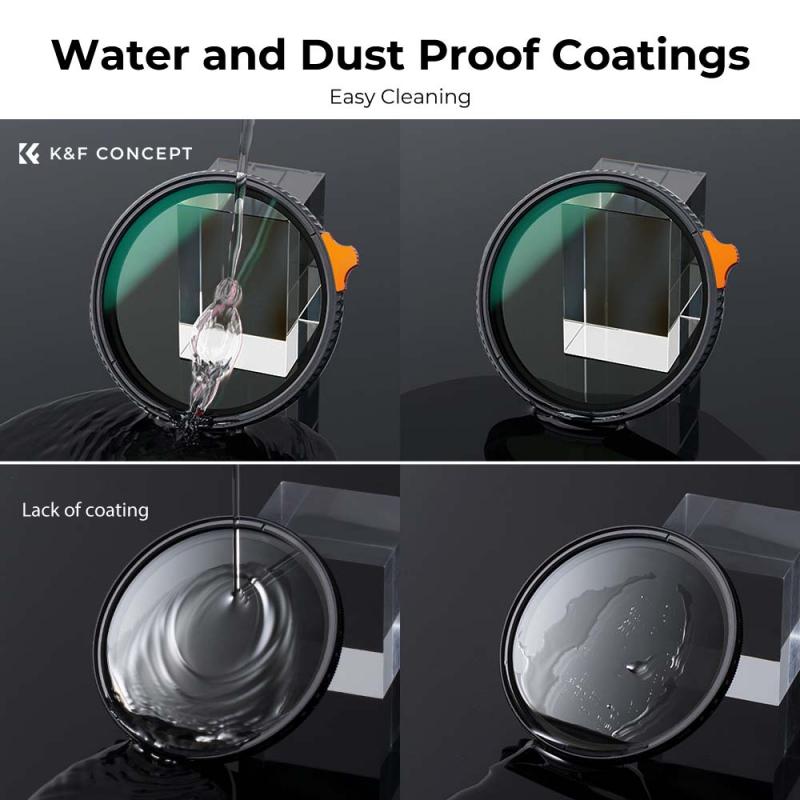
4、 Safety Precautions for Solar Eclipse Photography
How to Photograph Solar Eclipse with ND Filter:
Photographing a solar eclipse can be a challenging task, but using an ND filter can help you capture stunning images. Here are some steps to follow:
1. Choose the right ND filter: An ND filter reduces the amount of light entering the camera, allowing you to use slower shutter speeds and wider apertures. Choose an ND filter with a high density, such as ND1000 or ND2000.
2. Use a tripod: A tripod will help you keep your camera steady during the long exposure times required for solar eclipse photography.
3. Use manual focus: Set your camera to manual focus and focus on the sun before the eclipse begins.
4. Use a remote shutter release: A remote shutter release will help you avoid camera shake when taking the photo.
5. Use a solar filter: A solar filter is essential for protecting your eyes and camera from the harmful effects of the sun's rays.
Safety Precautions for Solar Eclipse Photography:
Photographing a solar eclipse can be an exciting experience, but it's important to take safety precautions to protect your eyes and camera. Here are some safety tips to follow:
1. Use a solar filter: A solar filter is essential for protecting your eyes and camera from the harmful effects of the sun's rays. Never look directly at the sun without a solar filter.
2. Use a tripod: A tripod will help you keep your camera steady during the long exposure times required for solar eclipse photography.
3. Use a remote shutter release: A remote shutter release will help you avoid camera shake when taking the photo.
4. Avoid using a flash: Using a flash during a solar eclipse can damage your camera's sensor.
5. Be aware of your surroundings: Make sure you are in a safe location and aware of your surroundings. Don't take photos while driving or in a dangerous location.
6. Follow local regulations: Some areas may have specific regulations regarding solar eclipse photography. Make sure you follow these regulations to avoid any legal issues.
It's important to remember that the safety of your eyes and camera should always come first when photographing a solar eclipse.
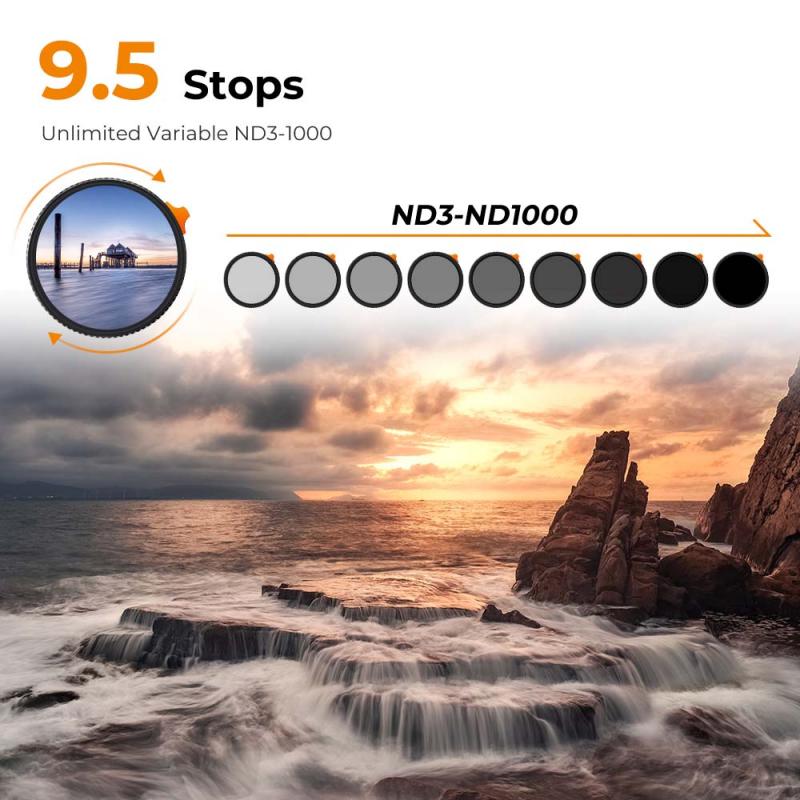






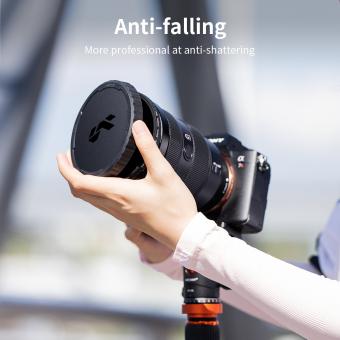


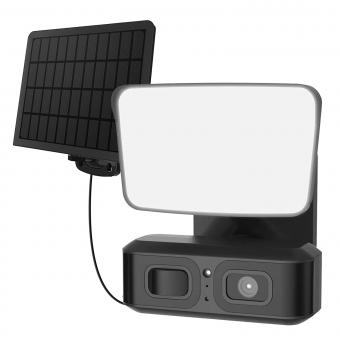

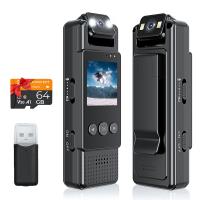
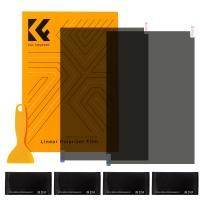




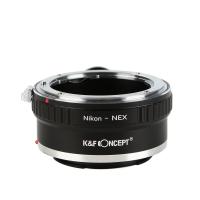
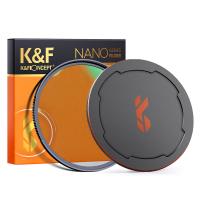

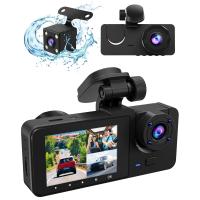

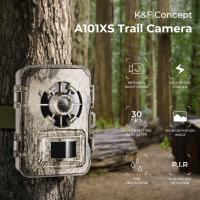
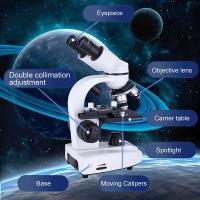
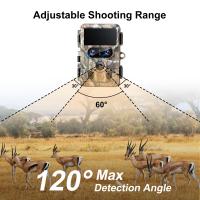
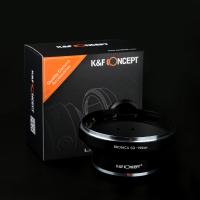
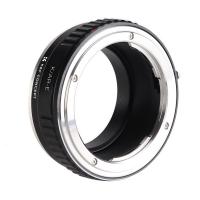
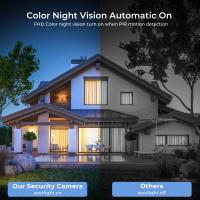
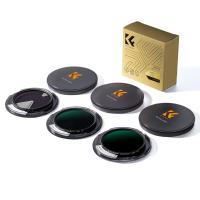
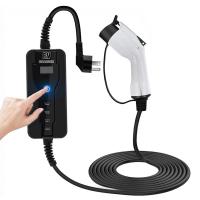

There are no comments for this blog.